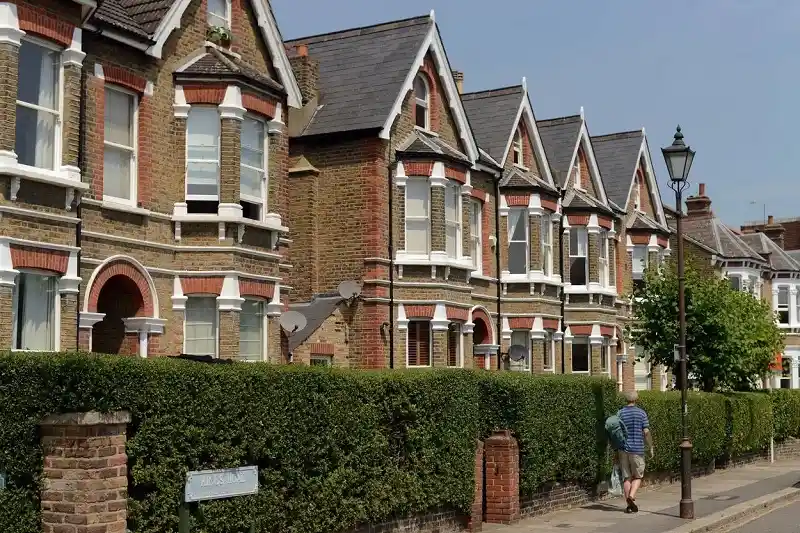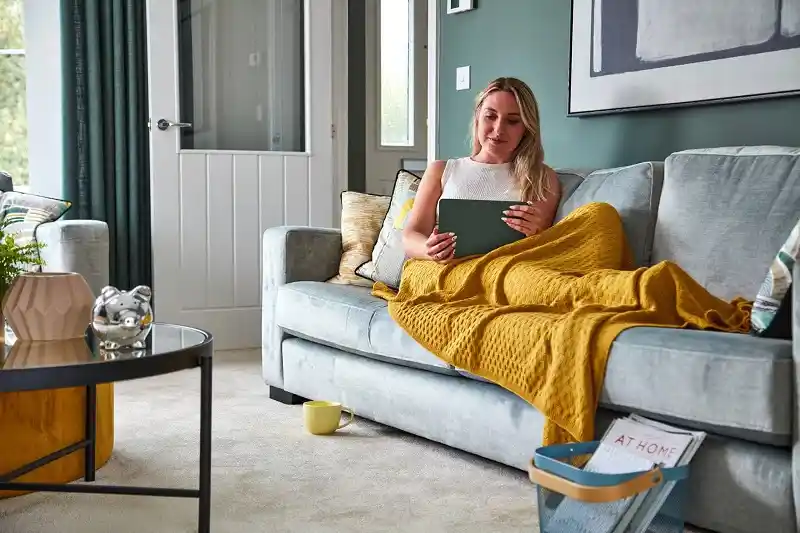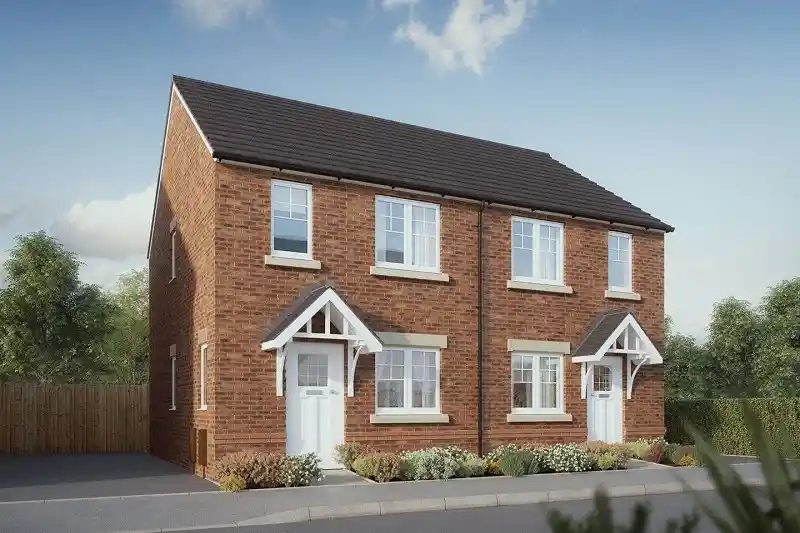Owning a flat in London represents a significant achievement for many, offering not just a home but a stake in one of the world’s most dynamic cities. However, with property prices continuing to rise, the question of how much deposit is required remains a critical concern for prospective buyers, particularly first-time purchasers.
In 2025, the average deposit for a flat in London can vary widely depending on location, property type, and mortgage options. Recent data suggests figures ranging from £120,000 to £140,000 for first-time buyers. This article explores the key factors influencing deposit requirements, offers up-to-date insights based on the latest market trends, and provides practical advice to help you navigate the process. Whether you’re a young professional or an investor, understanding these elements is essential for making an informed decision.
Understanding the Role of a Deposit in Buying a Flat
A deposit is the upfront payment you make towards the purchase price of a property, with the remainder typically covered by a mortgage. Lenders use the deposit to assess risk—a larger deposit reduces the loan-to-value (LTV) ratio, often leading to more favourable interest rates and increased chances of approval.
In London, where property values are among the highest in the UK, deposits tend to be substantial. According to recent Halifax data, the average first-time buyer deposit in the capital stands at approximately £124,688, reflecting the elevated cost of living and housing in the area.
even higher figures, with averages nearing £140,000, underscoring the challenges faced by buyers in 2025.
The minimum deposit percentage is generally 5% to 10% of the property’s value, though some lenders may require more for new builds or specific locations.
For a typical London flat priced at around £425,000, this equates to a deposit of £21,250 to £42,500 at the lower end.
However, many buyers opt for larger deposits—often 20% or more—to secure better mortgage deals and reduce the risks associated with high LTVs, such as negative equity if prices fluctuate.
Average Deposit Amounts in London and Beyond
London’s property market is notoriously expensive, with flat prices forecasted to rise by 2% to 4% in 2025, driven by continued demand and improved affordability through lower mortgage rates.
The average UK first-time buyer deposit is about £56,700, but in Greater London, it’s significantly higher due to elevated property values.
For context, here’s a snapshot of average first-time buyer deposits across UK regions, highlighting London’s premium:
- Greater London: £124,688 (approximately 29% of average property value)
- South East: £80,472
- East Anglia: £66,381
- South West: £65,171
These figures, drawn from Halifax and UK Finance data, illustrate regional disparities—with London requiring more than double the national average.
For flats specifically, prices in central areas like Nine Elms or Westminster can exceed £500,000, pushing deposits above £150,000 for premium properties.

Factors Influencing Your Deposit Requirement
Several variables determine how much deposit you’ll need. Location plays a pivotal role—central London postcodes demand higher sums than outer boroughs like Woolwich or Wandsworth.
Property type is also a factor—new-build flats may qualify for schemes allowing 5% deposits, while older properties might require 10% or more.
Your financial situation—including credit score and income—also affects lender offers. Higher earners may access lower LTV mortgages with smaller relative deposits.
In 2025, market forecasts indicate stable growth, with flat prices in London averaging between £400,000 and £550,000, depending on size and amenities.
Economic factors, such as interest rate cuts, could make borrowing more accessible, potentially reducing the pressure on deposits. However, buyers should also prepare for stamp duty and other fees, which can add thousands to upfront costs.
Options for Buying with a Smaller Deposit
While larger deposits unlock better rates, it’s still possible to enter the market with less. Some lenders offer 95% LTV mortgages, requiring just a 5% deposit, though these come with higher interest rates and stricter criteria.
In rare cases, 100% mortgages are available, where no deposit is required—but they often involve guarantors or linked savings accounts and typically carry elevated rates.
Government schemes, such as the now-phased Help to buy (with modern equivalents) or the Mortgage Guarantee Scheme, can support 5% deposits for new builds.
For those looking to buy with less, consider shared ownership, where you purchase a portion of the flat (e.g., 25%) and rent the remainder. This significantly reduces the initial deposit needed.

Strategies to Boost Your Deposit Savings
Saving for a deposit in London is challenging—especially amid rising rents—but targeted strategies can accelerate the process.
- Lifetime ISA (LISA): Allows up to £4,000 in annual savings with a 25% government bonus (up to £1,000 per year) for first-time buyers under 40.
- Family assistance: The so-called “Bank of Mum and Dad” is common, with over half of first-time buyers receiving help—either as gifts or as security against parental assets.
Opting for new-build developments can also ease the burden through developer incentives like deposit contributions.
Staying consistent with savings, cutting non-essentials, or pursuing side hustles—combined with expert financial advice—can make your goal attainable.
Recommended Developments for Aspiring Buyers
Our portfolio features a range of prestigious developments across London and beyond, offering flats suited to various deposit levels. These projects include modern amenities, excellent locations, and strong growth potential—ideal for both first-time buyers and investors:
- Nine Elms: Luxury riverside flats starting at £500,000, requiring a 10% deposit of £50,000—perfect for professionals seeking central connectivity.
- Royal Arsenal Riverside in Woolwich: Affordable yet premium flats from £400,000, with 5% deposit schemes—ideal for commuters with Crossrail access.
- Grand Union in Alperton: Stylish canal-side properties from £350,000, where a £17,500 deposit (5%) could secure a home in a vibrant community.
Other standout options include King’s Road Park in Fulham for upscale living and Horlicks Quarter in Slough for more budget-friendly entries outside central London. Many of these developments qualify for low-deposit mortgages, enhancing accessibility.

Deciding When to Buy: Now or Later?
With house prices expected to rise modestly in 2025, buying sooner could allow you to benefit from appreciation while ending rent payments.
However, if your deposit is small, waiting to save more might secure better mortgage rates. It’s wise to consult a mortgage broker to assess affordability and explore tailored options.
Your Path to Owning a London Flat
In summary, while the average deposit for a London flat in 2025 hovers around £125,000, strategic choices like low-LTV schemes or family support can lower the barrier to entry.
As an authorised seller for developments such as Nine Elms, Royal Arsenal Riverside, and Grand Union, we offer expert guidance to match your budget with exceptional properties.
Contact us today to discuss your options and take the first step towards homeownership in this iconic city.